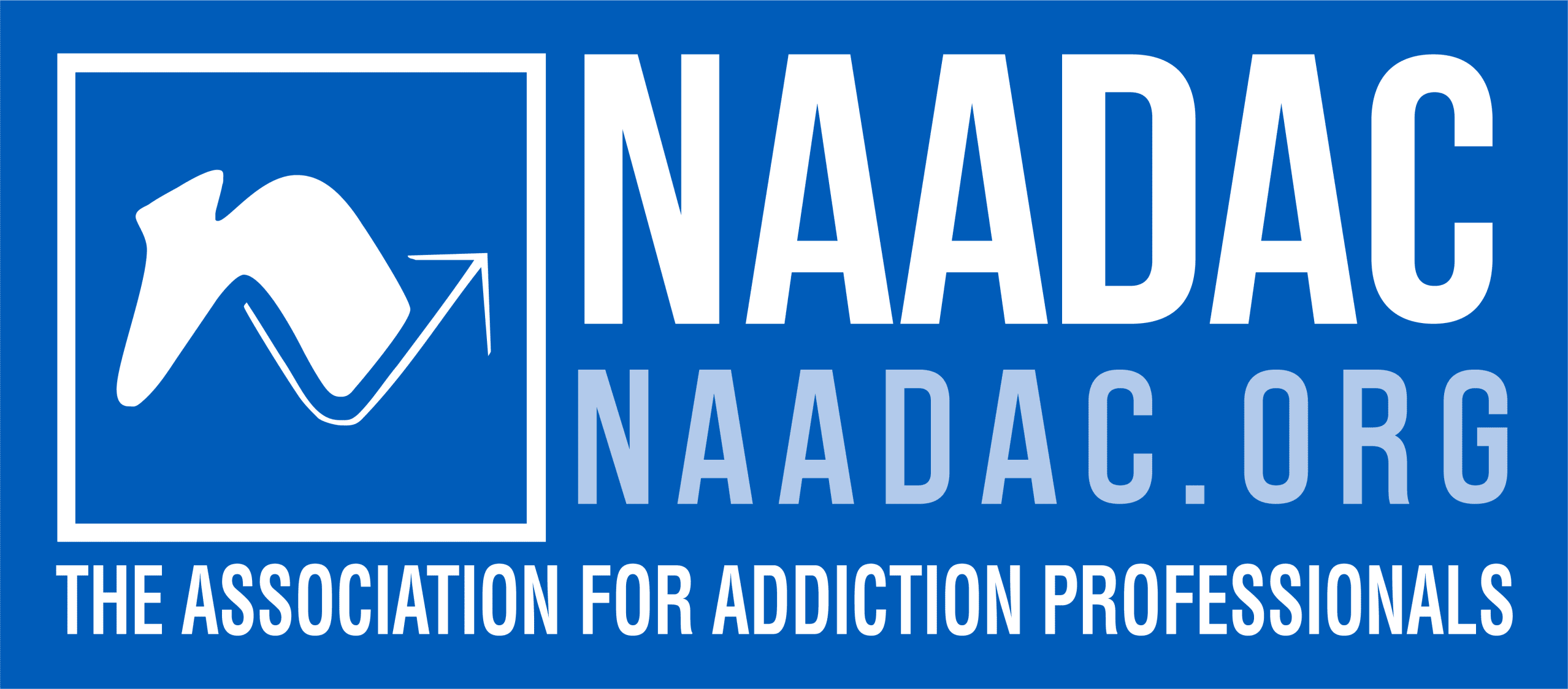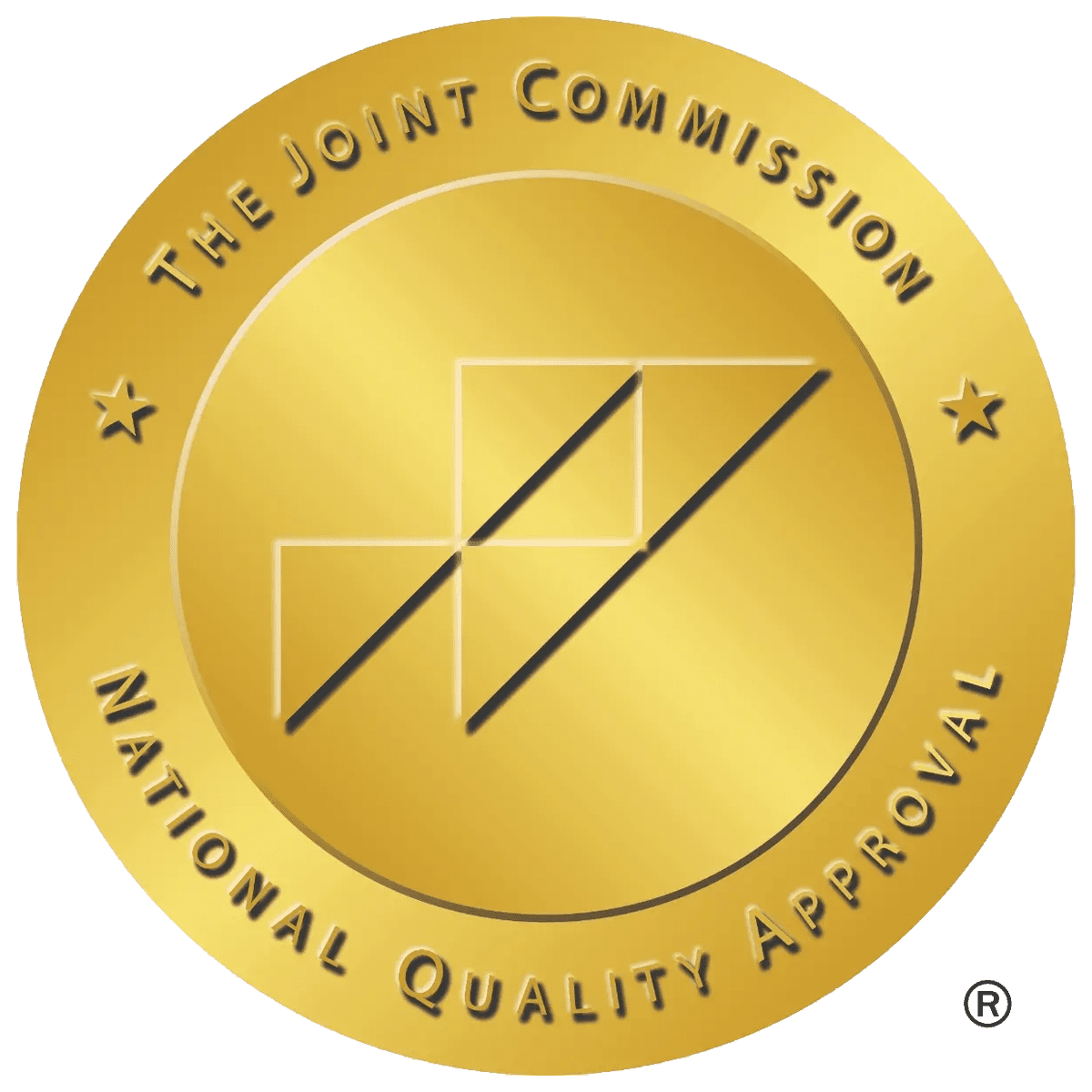Medication-Assisted Treatment for Embeda Addiction
GET HELP TODAY!
100% Confidentiality Guaranteed


What Is Embeda?
Embeda is a prescription medication used to manage severe, ongoing pain. It contains two ingredients: morphine sulfate and naltrexone hydrochloride. Morphine is an opioid that changes how the brain and body respond to pain. Naltrexone blocks the effects of opioids to prevent misuse.
This medication is approved by the U.S. Food and Drug Administration for long-term pain control. Doctors usually prescribe Embeda when other treatments are not effective. The drug comes in extended-release capsules and must be taken exactly as prescribed.
If someone takes higher doses or uses it more often than directed, they may become dependent. Misuse can lead to overdose or opioid addiction, which may require professional care.
Is Embeda Addictive?
Yes, Embeda can be addictive. Even though it contains naltrexone, the morphine component is still powerful. People who misuse the medication by crushing or injecting it can bypass the abuse-deterrent effects.
Addiction is more likely if the person has a history of drug misuse or mental illness. The risk also increases if the medication is taken over a long period of time.
Street Names for Embeda
Embeda is sometimes referred to using slang terms, especially when misused. These include:
- Monkey
- Dreamer
- White Stuff
- TNT
- Tango & Cash
These names typically refer to morphine or similar opioids.
How Common Is Embeda Abuse?
Prescription opioid abuse is common in the United States. According to the National Survey on Drug Use, nearly 10 million people misused prescription opioids in one year.
People often abuse Embeda by crushing the capsules to snort or inject them. Doing this increases the risk of overdose, severe withdrawal symptoms, and physical dependence. Abusing the drug also makes it more likely the person will need emergency department care.
Side Effects of Embeda Misuse
Embeda misuse causes both short- and long-term side effects.
Short-term side effects:
- Drowsiness
- Constipation
- Nausea
- Vomiting
- Sweating
- Dizziness
- Flu-like symptoms from sudden withdrawal
Long-term side effects:
- Liver damage
- Hormonal problems
- Depression
- Fertility issues
- Anxiety
- Brain damage
- Addiction
- Skin infections (from injection)
Some effects, like blocked arteries or heart infections, can be life threatening.
Signs and Symptoms of Embeda Addiction
Common symptoms of morphine addiction include:
- Using despite harm
- Feeling unable to stop
- Needing the drug to function
- Developing tolerance
- Experiencing symptoms of withdrawal
Embeda Withdrawal Symptoms
When someone stops taking Embeda after long use, they may feel physical and emotional distress. These are symptoms of withdrawal:
- Restlessness
- Muscle aches
- Insomnia
- Runny nose
- Nausea
- Vomiting
- Sweating
- Dilated pupils
- Diarrhea
- Anxiety
- Goosebumps
These symptoms can be intense. Medical assistance during detox makes the process safer and more comfortable.
Withdrawal Timeline
Everyone’s withdrawal experience is different. Some people begin to feel symptoms within 12 to 48 hours. For others, symptoms may take a few days to appear.
Most people feel the worst effects during the first week. Emotional symptoms may last longer. Anxiety, depression, or cravings can continue for several weeks.
Since Embeda is an extended-release drug, the timeline may be longer than for other opioids. The withdrawal process may last several weeks.
More Time. More Joy. More You. Start Now.
WE ACCEPT MOST INSURANCES
Embeda Detox and Medical Care
A detox program helps people safely stop using opioids. Medical professionals can provide medication-assisted treatment (MAT) to ease discomfort. MAT is an evidence-based approach using approved medications and therapy.
Detox often includes tapering the dose over time. This helps the body adjust gradually. Support from counselors and nurses is essential for comfort and success.
Treatment Options for Embeda Addiction
Addiction treatment works best when it addresses the whole person. A personalized treatment plan often begins with detox and continues with rehab programs.
Inpatient vs. Outpatient Drug Rehab
There are different levels of care:
Inpatient drug rehab:
- 24/7 supervision
- On-site medical care
- Group and individual therapy
- Highly structured schedule
Outpatient drug rehab:
- Lives at home or in sober living programs
- Attends therapy several times a week
- May continue school or work and daily life
- Flexible schedule
Intensive outpatient programs (IOP) offer a middle level of care. These programs include multiple therapy sessions each week but allow people to live at home.
Freedom Starts Here. Take Back Your Life Today.
Same-Day Admissions in Austin Available.
Types of Therapy Used in Rehab
High-quality programs use therapies backed by research. Common methods include:
- Cognitive behavioral therapy (CBT)
- Group therapy
- Individual counseling
- Family therapy
- Music or art therapy
- Educational classes
- Rational emotive behavioral therapy
Each program offers a different mix of services. Many programs include peer support groups and activities to help clients rebuild their lives.
Payment and Access to Care
Many people worry about the cost of treatment. Fortunately, options are available. Health insurance often covers part or all of the cost. Other resources include:
- Employee assistance programs
- Crowdfunding
- Personal loans
- Health savings accounts
Talk with a treatment facility to learn about payment options.
Continuing Care and Sober Living Programs
Recovery doesn’t end when rehab does. Continued support helps people stay sober and avoid relapse. Two key options are sober living and aftercare.
Sober living programs provide:
- Safe, structured housing
- Drug-free environment
- Rules, peer support, and recovery activities
These homes help people adjust to life after rehab while still getting support.
Aftercare includes:
- Outpatient meetings with counselors and support groups
- Ideal for people transitioning back to full independence
- Can continue for months or even years
The Role of Family and Social Workers
Family members often play a major role in recovery. Many programs invite them to therapy and education sessions. This helps improve relationships and create a healthy home life.
Social workers also provide help during recovery. They connect clients with housing, job support, and other resources.
Long-Term Recovery and Quality of Life
Addiction recovery takes time. Some people improve quickly; others need months or years. Long term recovery is possible with the right tools and support.
People who stay connected to treatment and support groups have the best chance of success. Mental health professionals can help manage ongoing issues like depression or anxiety.
Get Help Today
Embeda addiction is serious but treatable. With a strong treatment plan, proper level of care, and continued support, people can recover. Professional care, structure, and community help restore hope and improve quality of life.
If you or someone you love is struggling with opioid use, seek help today. Effective treatment services are available, and recovery is always possible.
Other Outpatient Drug and Alcohol Rehab Locations
FAQs About Embeda, Morphine, and Prescription Drug Addiction
What class of drug is Embeda?
Embeda is an opioid analgesic that combines morphine sulfate (an opioid agonist) with naltrexone hydrochloride (an opioid antagonist). It is a Schedule II controlled substance, prescribed for the management of severe, long-term pain while also aiming to deter misuse through its built-in abuse-resistant design.
What happens when you are addicted to morphine?
Morphine addiction can cause physical dependence, cravings, and withdrawal symptoms such as nausea, sweating, anxiety, and flu-like discomfort when the drug is reduced. Over time, misuse may lead to tolerance, respiratory depression, liver damage, depression, and even fatal overdose without medical treatment.
Do people get addicted to naltrexone?
No, naltrexone is not addictive. It works by blocking opioid receptors in the brain, reducing the euphoric effects of opioids and alcohol. Unlike opioids, naltrexone does not produce a “high” and does not cause physical dependence, which makes it useful in addiction treatment programs.
What are the withdrawal symptoms of MST (Morphine Sulfate Tablets)?
Withdrawal symptoms from morphine sulfate tablets (MST) include anxiety, irritability, runny nose, watery eyes, sweating, nausea, vomiting, diarrhea, abdominal cramping, muscle pain, and insomnia. These symptoms can be severe, which is why a medically supervised detox is recommended.
What is prescription drug addiction?
Prescription drug addiction occurs when individuals misuse medications—such as opioids, benzodiazepines, or stimulants—beyond their prescribed purpose. This condition is marked by cravings, tolerance, withdrawal symptoms, and loss of control, often requiring professional addiction treatment for recovery.
What medication is used for drug addiction?
Medications such as methadone, buprenorphine, and naltrexone are commonly used for opioid addiction. For alcohol addiction, options include acamprosate and disulfiram. These medications are usually combined with behavioral therapy and long-term rehab programs for best outcomes.
What happens when you get addicted to prescription drugs?
Addiction to prescription drugs can cause physical dependence, changes in brain chemistry, relationship issues, financial strain, and serious health problems. Without treatment, misuse of opioids like Embeda can escalate into life-threatening overdose.
What does prescription drug addiction look like?
Signs of prescription drug addiction include doctor shopping, running out of medication early, mood swings, secrecy, poor performance at work or school, and withdrawal symptoms when the drug is stopped. Visible changes may include weight loss, drowsiness, or erratic behavior.
What is the drug of choice for opioid addiction?
Medications such as methadone, buprenorphine, and naltrexone are considered the drugs of choice for treating opioid addiction. They reduce cravings and withdrawal symptoms, helping individuals stabilize and focus on recovery through structured programs.
How do you know if you are addicted to morphine?
Signs of morphine addiction include needing higher doses for relief, using the drug without a prescription, experiencing withdrawal when not using, and neglecting responsibilities. If these symptoms are present, it is important to seek professional addiction treatment.
What does morphine sulfate do to a person?
Morphine sulfate relieves severe pain by binding to opioid receptors in the brain and spinal cord. While it provides pain relief, it can also cause drowsiness, euphoria, constipation, slowed breathing, and risk of dependence if misused.
Why are doctors hesitant to prescribe naltrexone?
Some doctors hesitate to prescribe naltrexone because patients must be completely detoxed from opioids before starting it. If not, naltrexone can trigger sudden and severe withdrawal symptoms. This requires careful medical supervision.
How long will naltrexone block opiates?
A single oral dose of naltrexone typically blocks opioids for 24 to 72 hours, while extended-release injectable naltrexone can last up to 30 days. This makes it effective for relapse prevention in opioid addiction recovery programs.
Why do I feel high on naltrexone?
Naltrexone does not produce a euphoric high like opioids. However, some individuals may feel mild side effects such as dizziness, headache, or fatigue when starting treatment. These effects usually fade as the body adjusts.